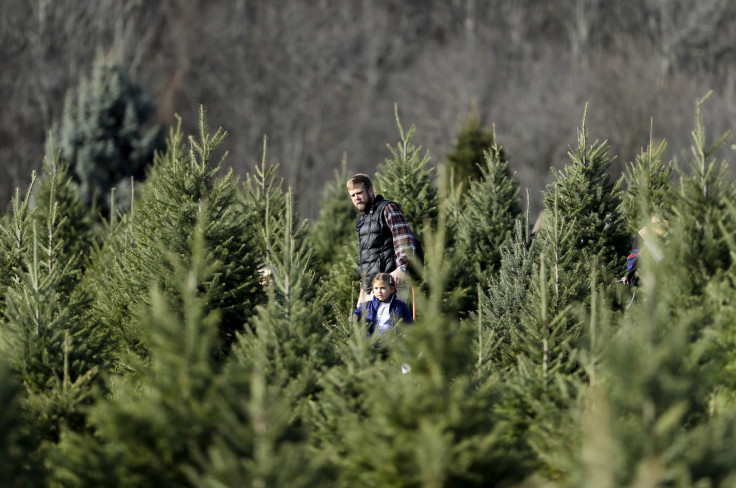Real vs. Fake Christmas Tree Facts: 7 Differences, Pros, Cons Of Artificial And Natural Trees

White lights or colored lights? Turkey or ham? With the holiday season comes many decisions that need to be made, such as choosing between an artificial tree and a real Christmas tree. It often boils down to tradition, but real and fake trees are significantly different and each is better-suited to certain needs. Here are seven facts about both to help gauge which is better for a Christmas celebration.
1. Real trees are biodegradable. Because real trees are natural, they’re 100 percent biodegradable. They can easily be reused or converted into mulch or other recycled products. Most artificial trees, on the other hand, are made with non-biodegradable materials.
2. Fake Christmas trees can benefit the environment, also. While they’re not biodegradable, artificial trees can help the environment if they’re used for long enough. If a household makes use of a fake tree for at least four years, its carbon footprint will actually be smaller than that of a home with a real tree, according to the American Christmas Tree Association.
3. Real trees require constant upkeep. Natural trees come with an additional risk of fire. It’s necessary to keep them in water at all times and maintain their moisture levels. If they’re not properly cared for, they can dry out and become increasingly flammable.

4. Real trees cost less. According to a poll taken by the National Christmas Tree Association, real trees averaged around $50 each in 2015, while artificial trees cost around $69 each. The actual cost depends on the characteristics of the tree and the place it's purchased.
5. Artificial trees last longer. An artificial tree can typically last for ten years, according to Christmas Lights, Etc. A real tree replaced every year ends up costing at least three times the amount of a fake tree purchased once.
6. Real trees are not usually cut down from wild forests. Only a very small number of Christmas trees are taken from wild forests, according to the American Christmas Tree Association. Most come from specially designated farms, bred specifically for the purpose of becoming Christmas trees. There are about one million acres of Christmas tree farms in the U.S. and each provides the daily oxygen requirements of around 18 people.
7. Fake Christmas trees are traditional, too. Born in Germany, Christmas trees only became part of American tradition in the late 1700s to early 1800s. Around that time, as people began to worry about the effects of mass tree deforestation, reusable feather trees were created, paving the way for the modern artificial Christmas tree.
© Copyright IBTimes 2024. All rights reserved.






















